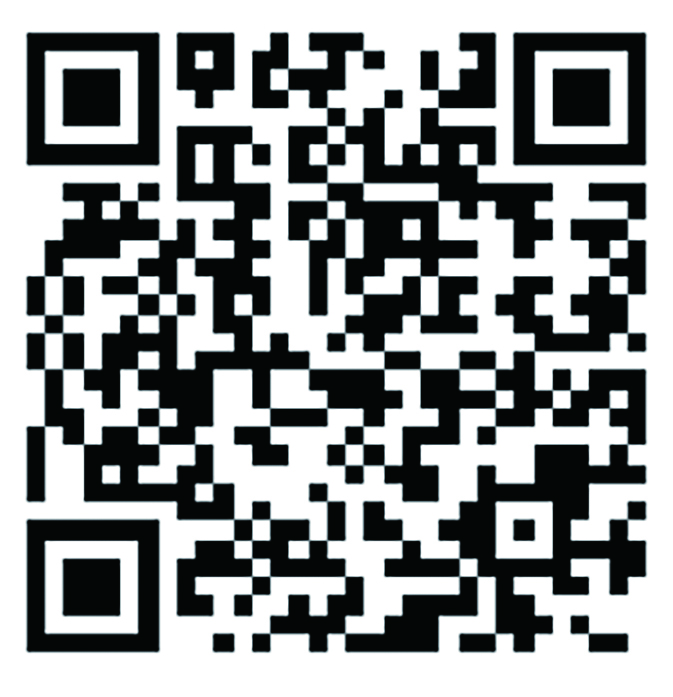目的了解医务人员锐器伤职业暴露情况及风险环节,为制订有效的防护措施提供依据。方法基于2016年1月至2020年12月广西某妇幼保健院感染科登记的医务人员锐器伤职业暴露资料,对锐器伤职业暴露医务人员的性别、职业、工作年限、科室分布情况,导致职业暴露的医疗器具、操作环节,患者血源性病原体感染情况及职业暴露医务人员的主动免疫情况等进行统计分析。结果2016~2020年广西某妇幼保健院共报告锐器伤职业暴露医务人员187例,其中女性占92.51%,护士占44.39%,工作年限5年以下者占67.91%;职业暴露者主要分布在产科、门急诊科、新生儿科,分别占27.81%、23.53%、13.37%;导致职业暴露的医疗器具主要为注射器针头、头皮针、缝合针,分别占33.69%、26.20%和12.83%;导致职业暴露的主要环节为注射或采血、医疗废物处理、手术切开或缝合等过程,分别占30.48%、28.88%、14.97%。职业暴露源主要为乙型肝炎病毒、梅毒螺旋体,分别占 44.39%、22.46%。对锐器伤职业暴露医务人员的主要保护措施是进行主动免疫,如接种乙肝疫苗等,其中医技人员的接种率最高(90.91%),清洁工的接种率最低(22.58%),不同类别医务人员的乙肝疫苗接种率及接种时间比较,差异有统计学意义(P<0.05)。结论医务人员是锐器伤职业暴露的高危人群,加强岗前岗中的职业安全培训,提高职业暴露防护意识,规范医疗操作流程,建立完善的科学职业安全防控体系,才能进一步降低医务人员锐器伤的职业暴露风险。
当前位置:首页 / 2016~2020年广西某妇幼保健院医务人员锐器伤职业暴露监测结果分析▲
论著
|
更新时间:2022-01-04
|
2016~2020年广西某妇幼保健院医务人员锐器伤职业暴露监测结果分析▲
Analysis on occupational exposure monitoring results of sharp instrument injuries among medical personnel in a Maternal and Child Health Hosipital of Guangxi from 2016 to 2020
内科 202116卷06期 页码:713-716
作者机构:广西壮族自治区妇幼保健院医院感染管理科,南宁市530003
基金信息:▲基金项目:广西自然科学基金项目(2013GXNSFAA019256)*通信作者:黄莹,广西壮族自治区妇幼保健院医院感染管理科,电子邮箱23785050@qq.com
- 中文简介
- 英文简介
- 参考文献
ObjectiveTo understand the occupational exposure situation and risk of sharp instrument injuries among medical personnel, and to provide a basis for the formulation of effective protective measures. MethodsBased on the occupational exposure data of sharp instrument injuries of medical personnel registered at the Department of Infection Management of a Maternal and Child Health Hospital of Guangxi from January 2016 to December 2020, the information on the gender, occupation, work seniority and department distribution of medical personnel with occupational exposure to sharp instrument injuries, the medical devices and operation steps leading to occupational exposure, blood borne pathogen infection of patients and active immunity of occupational exposure medical personnel were analyzed statistically. ResultsA total of 187 cases of medical personnel with occupational exposure to sharp instrument injuries were reported in the hospital as above from 2016 to 2020, among which 92.51% were female, 44.39% were nurses, and 67.91% had worked for less than 5 years. The medical personnel with occupational exposure were mainly distributed in department of obstetrics (27.81%), outpatient and emergency (23.53%) and neonatology (13.37%). The main medical devices that led to occupational exposure were syringe needles (33.69%), scalp acupuncture (26.20%) and suture needles (12.83%). The main steps leading to occupational exposure were injection or blood collection, medical waste treatment, surgical incision and suture etc., accounting for 30.48%, 28.88% and 14.97%, respectively. The occupational exposure sources were mainly hepatitis B virus (44.39%) and treponema pallidum virus (22.46%). The main protective measure for medical personnel exposed to sharp instrument injuries was active immunization, such as hepatitis B vaccination, among which the highest rate of vaccination was 90.91% for medical technicians, and the lowest was 22.58% for cleaners. There were statistically significant differences in hepatitis B vaccine coverage rate and vaccine time between different categories of medical staff (P<0.05). ConclusionMedical personnel are the high-risk groups for occupational exposure to sharp instrument injuries. In order to further reduce the occupational exposure risk of sharp instrument injury, it is necessary to strengthen the pre-job and in-job occupational safety training, improve the awareness of occupational exposure protection, standardize the medical operation and establish a perfect scientific occupational safety prevention and control system.
-
无




 注册
注册 忘记密码
忘记密码 忘记用户名
忘记用户名 专家账号密码找回
专家账号密码找回 下载
下载 收藏
收藏
